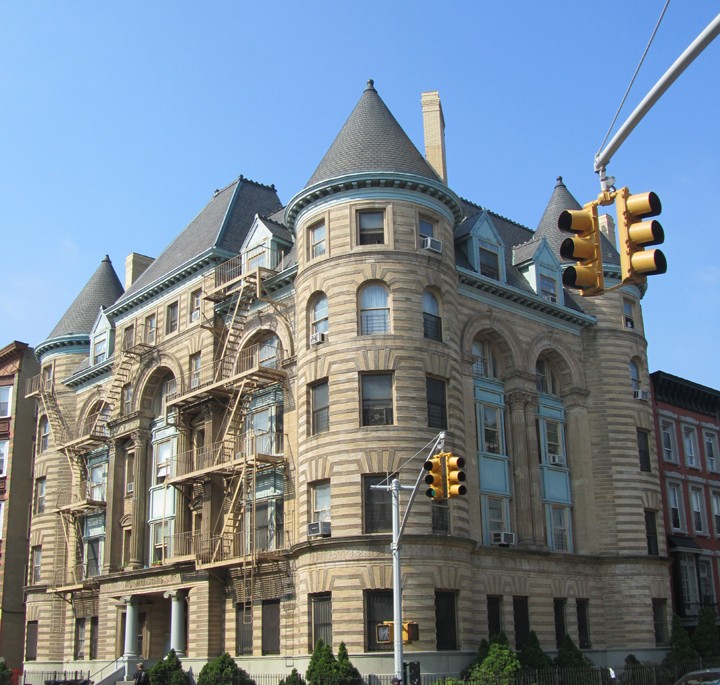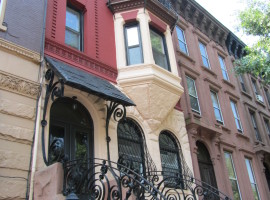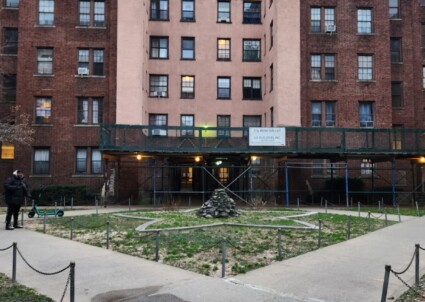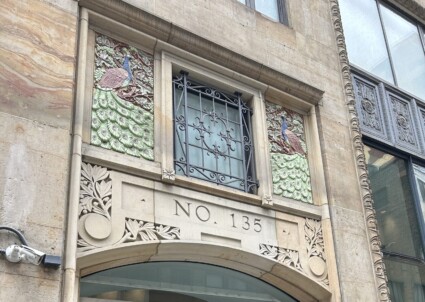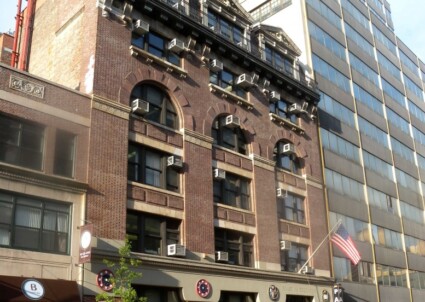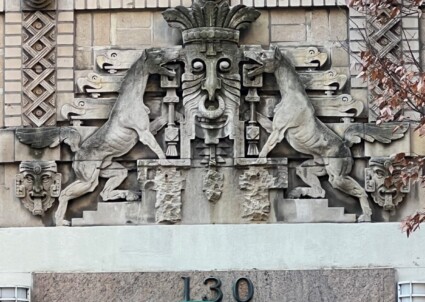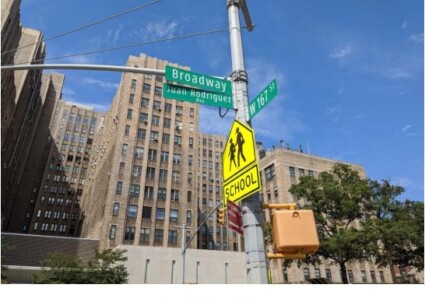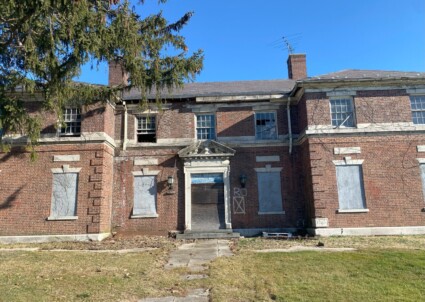Bedford-Stuyvesant, Brooklyn
The Bedford-Stuyvesant community in northwest Brooklyn is a residential area, home to ornate rows of brownstones, early middle-class apartment buildings and several institutional structures. Bedford-Stuyvesant is characterized by its wide, tree-covered avenues and low-scale residences; generally only church spires and school towers rise taller than four stories. The majority of the buildings were constructed on speculation to house New York’s growing middle class, generally between 1870 and 1920.
As late as 1869, Bedford-Stuyvesant was largely rural, with only some country houses and frame dwellings. In 1872 masonry rowhouses appeared when developer Curtis L. North commissioned 23 Italianate style rowhouses. From this point until the 1890s, development proceeded with many speculative builders and investors employing local architects to build residences; schools, churches and other institutions also appeared to serve the growing community. The Brooklyn Bridge opened in 1883, followed by the elevated line along Bedford-Stuyvesant’s commercial artery, Fulton Street, in 1888. Easier access to downtown Brooklyn and Manhattan greatly increased real estate values in the neighborhood.
By the 1890s, speculative apartment houses debuted in Bedford-Stuyvesant, officially marking the change from a suburban to an urban area. The opening of the Williamsburg Bridge in 1903 bolstered this urbanization, and Bedford-Stuyvesant was densely built up by the end of the 1920s. The 1930s marked a population shift for Bedford-Stuyvesant as it became an increasingly African-American neighborhood. When the IND transit lines connecting the area to Harlem opened in 1936, Harlem residents were eager to leave cramped quarters for newer, more spacious options in Bedford-Stuyvesant. By 1950 the area was 90% black, and it remains a thriving African- and Caribbean-American neighborhood today.
Bedford-Stuyvesant is an aesthetic gem of elegant residences. Many houses have yards with plantings surrounded by original cast-iron fences. Rowhouses are set back from the street and possess their original stoops and railings. The architectural style of buildings followed the trends popular during the area’s development, including Italianate, Neo-Grec, Romanesque Revival, Queen Anne, and, at the turn of the 20th century, Neo-Renaissance and Neo-Georgian appeared. The materials of the buildings also give an idea of their age; older buildings were constructed of brick and brownstone, while light-colored brick, terra-cotta and limestone became increasingly popular toward the turn of the 20th century.
Stuyvesant Heights in Bedford-Stuyvesant was designated a New York City historic district in 1975, and a large extension of was designated in 2013; the Bedford Historic District was designated in 2015. Residents in other areas of Bedford- Stuyvesant, including Bedford Corners, Stuyvesant North and Stuyvesant East, are also advocating for the landmarking of their neighborhoods. The low-scale buildings on tree-lined streets share architects, styles and details, together making Bedford-Stuyvesant a distinctive piece of New York City.
